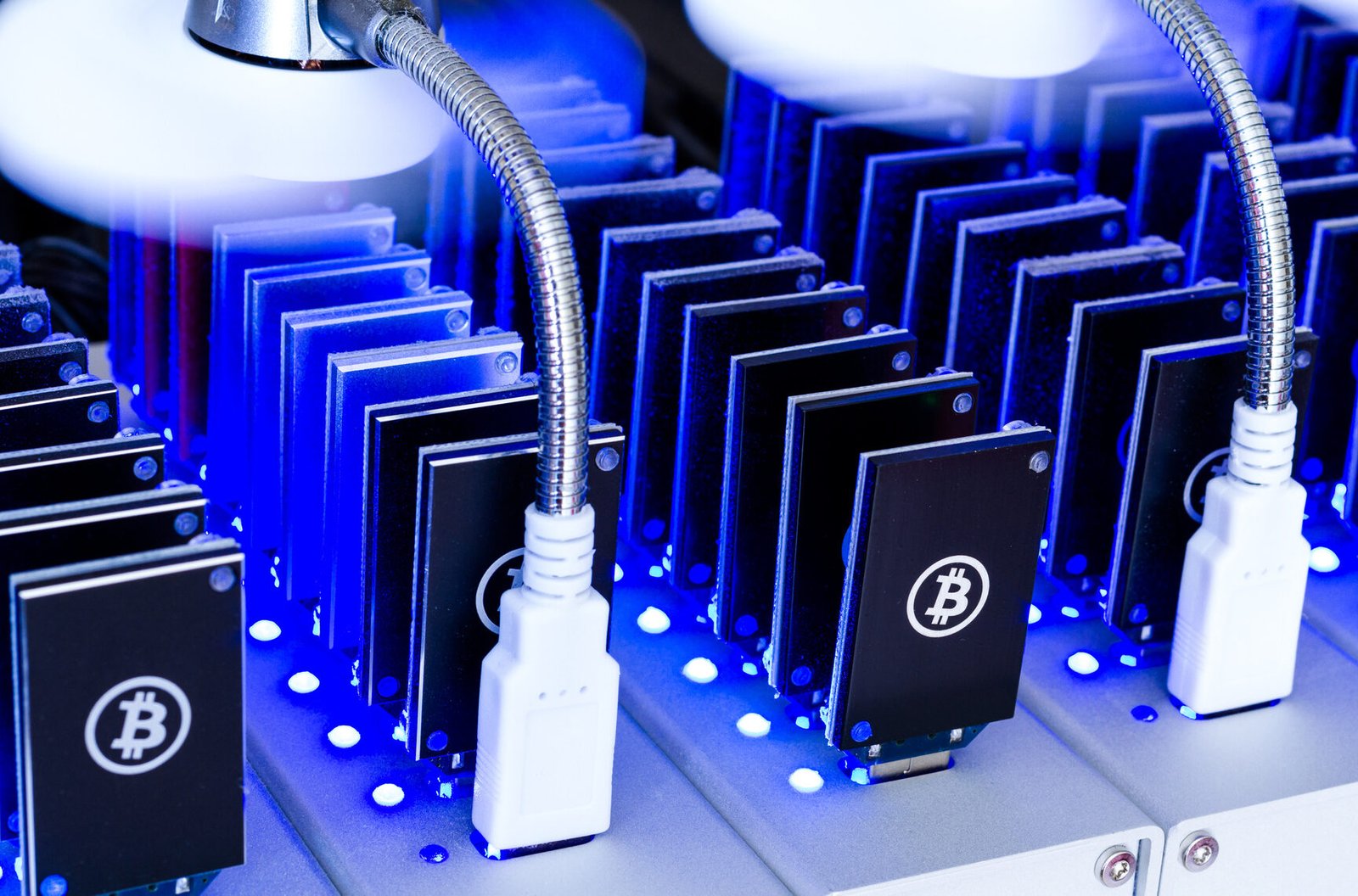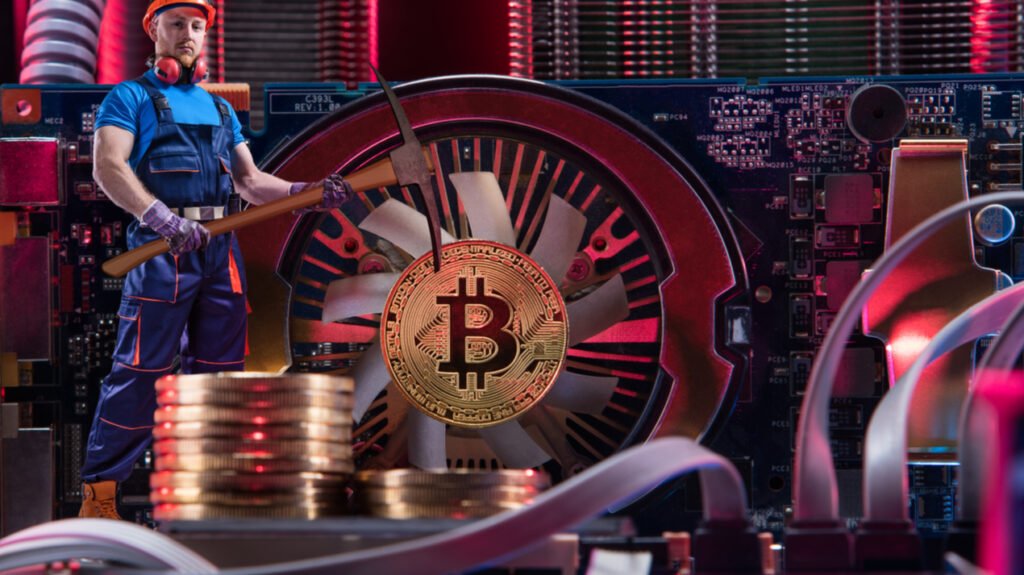The cryptocurrency mining landscape continues to evolve rapidly, and finding the best bitcoin mining machines 2025 has become crucial for both newcomers and experienced miners seeking maximum returns on their investments. With Bitcoin’s price volatility and increasing network difficulty, choosing the right mining hardware can mean the difference between profitable operations and costly mistakes.
This comprehensive guide explores the top-performing Bitcoin mining machines available in 2025, helping you make informed decisions based on hash rates, power consumption, initial costs, and long-term profitability potential. Whether you’re setting up your first mining rig or scaling an existing operation, understanding the current market leaders will position you for success in today’s competitive mining environment.
Top Bitcoin Mining Hardware Categories in 2025
The Bitcoin mining industry has witnessed remarkable technological advancements, with manufacturers continuously pushing the boundaries of efficiency and performance. Modern mining operations rely heavily on Application-Specific Integrated Circuits (ASICs), which have completely transformed the mining landscape compared to the GPU-based systems of earlier years.
Latest Generation ASIC Technology
The newest generation of Bitcoin mining machines incorporates cutting-edge semiconductor technology, featuring smaller chip architectures that deliver unprecedented hash rates while maintaining reasonable power consumption levels. These machines represent the pinnacle of mining efficiency, designed specifically for Bitcoin’s SHA-256 algorithm.
Current market leaders have achieved remarkable improvements in performance-per-watt ratios, making them essential for maintaining competitive mining operations. The integration of advanced cooling systems, optimized firmware, and improved build quality ensures these machines can operate reliably under demanding conditions.
Best Bitcoin Mining Machines 2025: Complete Rankings

Antminer S21 XP Hyd – The Ultimate Performance Leader
The Antminer S21 XP Hyd stands at the forefront of Bitcoin mining technology, delivering an impressive hash rate of 473 TH/s while consuming approximately 5,676 watts of power. This hydro-cooled powerhouse represents Bitmain’s flagship offering, designed for large-scale mining operations demanding maximum performance.
Key specifications include a power efficiency of 12 J/TH, making it one of the most efficient miners available. The hydro-cooling system enables consistent performance even in challenging environmental conditions, reducing thermal throttling and extending operational lifespan. Professional miners appreciate its robust construction and enterprise-grade components.
The initial investment typically ranges from $15,000 to $20,000, positioning it as a premium option for serious mining operations. Despite the higher upfront cost, the exceptional hash rate and efficiency make it attractive for miners with access to low-cost electricity.
Antminer S21 Pro – Balanced Performance Excellence
For miners seeking excellent performance without the complexity of liquid cooling, the Antminer S21 Pro offers an outstanding balance of hash rate, efficiency, and operational simplicity. Delivering 234 TH/s at 3,510 watts, this air-cooled unit provides exceptional value for medium to large-scale operations.
The S21 Pro features Bitmain’s latest chip technology, achieving a power efficiency of 15 J/TH. Its air-cooling design simplifies installation and maintenance while maintaining reliable performance in standard data center environments. The robust build quality and proven reliability make it a popular choice among professional miners.
Pricing typically falls between $8,000 and $12,000, making it more accessible than hydro-cooled alternatives while still delivering professional-grade performance. The combination of high hash rate and reasonable power consumption makes it suitable for various electricity cost scenarios.
WhatsMiner M60S – The Efficiency Champion
MicroBT’s WhatsMiner M60S has earned recognition as one of the most efficient Bitcoin mining machines available, delivering 172 TH/s while consuming only 3,276 watts. This translates to an impressive power efficiency of approximately 19 J/TH, making it ideal for regions with higher electricity costs.
The M60S incorporates MicroBT’s advanced chip architecture and optimized firmware, ensuring stable performance across various operating conditions. Its compact design and efficient cooling system make it suitable for diverse mining environments, from home operations to large-scale facilities.
The machine’s price point, typically ranging from $6,000 to $9,000, offers excellent value considering its efficiency ratings. Miners in regions with electricity costs above $0.08 per kWh particularly benefit from this model’s low power consumption characteristics.
Antminer S19 XP – Proven Reliability Leader
The Antminer S19 XP continues to be a popular choice among miners seeking proven reliability and strong performance. With a hash rate of 140 TH/s and power consumption of 3,010 watts, it offers solid efficiency at 21.5 J/TH. While not the newest model, its established track record and widespread adoption make it a safe choice for many operations.
This model benefits from extensive field testing and continuous firmware updates, ensuring optimal performance and stability. The S19 XP’s widespread availability and established service network provide additional confidence for miners investing in multiple units.
Pricing for the S19 XP typically ranges from $4,000 to $7,000, making it an attractive option for miners entering the market or expanding existing operations without requiring the latest technology premium.
Power Efficiency and Profitability Analysis
Understanding the relationship between power consumption, hash rate, and electricity costs is fundamental to successful Bitcoin mining operations. The best bitcoin mining machines 2025 achieve optimal balance between these factors, maximizing returns while minimizing operational expenses.
Calculating Mining Profitability
Profitability calculations must consider multiple variables including Bitcoin price, network difficulty, electricity costs, and equipment depreciation. Modern mining machines typically require electricity costs below $0.10 per kWh to maintain consistent profitability under current market conditions.
The most efficient machines can remain profitable even with higher electricity costs, while less efficient units may struggle during periods of high network difficulty or lower Bitcoin prices. This efficiency advantage becomes increasingly important as the Bitcoin network continues to grow and competition intensifies.
Long-term Investment Considerations
Successful mining operations require long-term planning and careful consideration of equipment lifecycle costs. The best mining machines combine high initial hash rates with sustained performance over extended periods, ensuring consistent returns throughout their operational lifespan.
Technology evolution continues at a rapid pace, making it essential to choose machines that will remain competitive for at least 2-3 years. The leading manufacturers invest heavily in research and development, continuously improving their products to maintain market leadership.
Setup and Installation Requirements
Power Infrastructure Planning
Modern Bitcoin mining machines require substantial electrical infrastructure, with high-end units consuming 5,000+ watts of power. Proper electrical installation includes dedicated circuits, appropriate breakers, and adequate wire gauging to handle sustained high-power loads safely.
Professional electrical installation ensures compliance with local codes and regulations while maximizing operational safety. Many miners work with specialized electrical contractors experienced in high-power mining installations to avoid potential hazards and ensure optimal performance.
Cooling and Ventilation Systems
Effective cooling is critical for maintaining optimal performance and extending equipment lifespan. Air-cooled units require substantial ventilation to remove heat generated during operation, while hydro-cooled systems need proper coolant circulation and heat exchange infrastructure.
Environmental considerations include ambient temperature control, humidity management, and dust filtration. Professional mining facilities often implement sophisticated HVAC systems to maintain optimal operating conditions year-round.
Network Connectivity and Pool Configuration
Reliable internet connectivity is essential for successful mining operations, though bandwidth requirements are relatively modest. Most mining machines require only basic broadband connections, but redundant connectivity helps prevent costly downtime during network outages.
Mining pool selection significantly impacts profitability, with factors including pool fees, payout methods, and geographic distribution affecting overall returns. Leading mining pools offer various payout structures and support services to optimize miner profitability.
Maintenance and Operational Considerations
Regular Maintenance Schedules
Proper maintenance extends equipment lifespan and maintains optimal performance levels. Regular tasks include dust removal, fan cleaning, thermal paste replacement, and firmware updates. Scheduled maintenance prevents costly breakdowns and ensures consistent hash rate delivery.
Professional mining operations often implement predictive maintenance programs, using monitoring tools to identify potential issues before they cause equipment failures. This proactive approach minimizes downtime and maximizes overall profitability.
Monitoring and Performance Optimization
Modern mining machines include comprehensive monitoring capabilities, providing real-time data on hash rates, temperatures, power consumption, and error rates. Effective monitoring enables rapid identification and resolution of performance issues.
Third-party monitoring solutions offer enhanced capabilities including remote management, automated alerts, and historical performance analysis. These tools become increasingly valuable as mining operations scale beyond single machines.
Market Trends and Future Outlook

Technology Development Roadmap
Leading manufacturers continue investing in next-generation chip technologies, targeting improved efficiency and higher hash rates. Future developments may include sub-3nm chip processes, advanced cooling technologies, and enhanced firmware optimization.
The competitive landscape drives continuous innovation, with manufacturers releasing new models annually to maintain market position. Miners benefit from this competition through improved performance and better value propositions.
Regulatory Environment Impact
Changing regulatory environments worldwide affect mining machine demand and deployment strategies. Miners must consider local regulations regarding energy consumption, environmental impact, and cryptocurrency mining operations when selecting equipment.
Some regions offer incentives for renewable energy usage in mining operations, potentially affecting equipment selection criteria. Understanding regulatory trends helps miners make informed long-term investment decisions.
Investment Strategies and ROI Optimization
Portfolio Diversification Approaches
Successful mining operations often diversify across multiple machine types and generations, balancing performance, efficiency, and cost considerations. This approach reduces risk while maintaining competitive hash rates across varying market conditions.
Mixing high-performance flagship models with cost-effective alternatives allows miners to optimize their operations for different electricity cost scenarios and market conditions. Diversification also provides operational flexibility during equipment upgrades and replacements.
Financing and Acquisition Strategies
Various financing options exist for mining equipment purchases, including direct purchase, leasing arrangements, and hosting services. Each approach offers different risk profiles and potential returns, requiring careful analysis based on individual circumstances.
Some miners prefer purchasing equipment outright to maintain full control and maximize long-term returns, while others choose leasing or hosting arrangements to reduce upfront capital requirements and operational complexity.
Conclusion
Selecting the best bitcoin mining machines 2025 requires careful consideration of your specific circumstances, including electricity costs, available capital, technical expertise, and long-term goals. The machines featured in this guide represent the current pinnacle of mining technology, each offering unique advantages for different operational scenarios.
For maximum performance and efficiency, the Antminer S21 XP Hyd leads the field, while the S21 Pro offers excellent balance for most professional operations. The WhatsMiner M60S provides outstanding efficiency for higher electricity cost environments, and the proven S19 XP delivers reliable performance at competitive pricing.

















